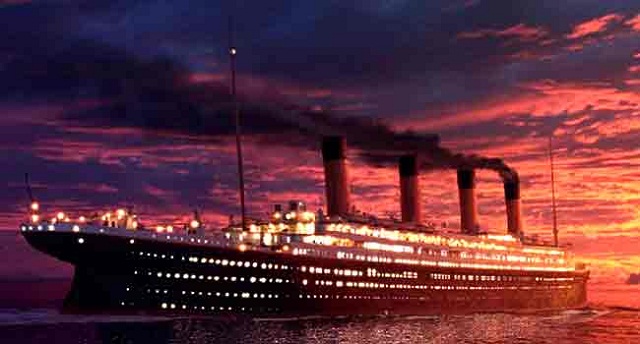
Britain on Tuesday hailed a new treaty with the United States that seeks to protect the wreck of the Titanic from damage by explorers and tourists.
The remains of the ship lie largely intact 2.5 miles (four kilometres) below the surface of the North Atlantic Ocean after it hit an iceberg in 1912.
But there have been growing concerns about visitors taking artefacts, leaving rubbish and even placing plaques in memory of the 1,500 people who died.
An international treaty to limit access was signed by Britain in 2003 but only ratified by the United States in November last year.
During a visit to Belfast in Northern Ireland, where the Titanic was built, British maritime minister Nusrat Ghani said it was a “momentous agreement”.
It meant the site “will be treated with the sensitivity and respect owed to the final resting place of more than 1,500 lives”, she said, according to a government statement.
“The UK will now work closely with the other North Atlantic States to bring even more protection to the wreck of the Titanic.”
Built by Harland and Wolff, the Titanic was the largest and most luxurious passenger vessel of its time and described as “unsinkable”.
It set sail on its maiden voyage from the English port of Southampton on April 10, 1912, bound for New York but it never arrived.
The ship, carrying around 2,224 passengers, hit an iceberg on April 15, broke apart and sank to the bottom of the ocean.
The wreck was discovered in September 1985 about 350 nautical miles off the coast of Newfoundland, in Canada.
Several countries have been negotiating an international deal to protect it since then, while it is also protected by UNESCO.
Britain and the US have now both passed legislation giving them the power to grant or deny licences authorising people to enter the hull sections of the Titanic and remove artefacts, UK officials said.



